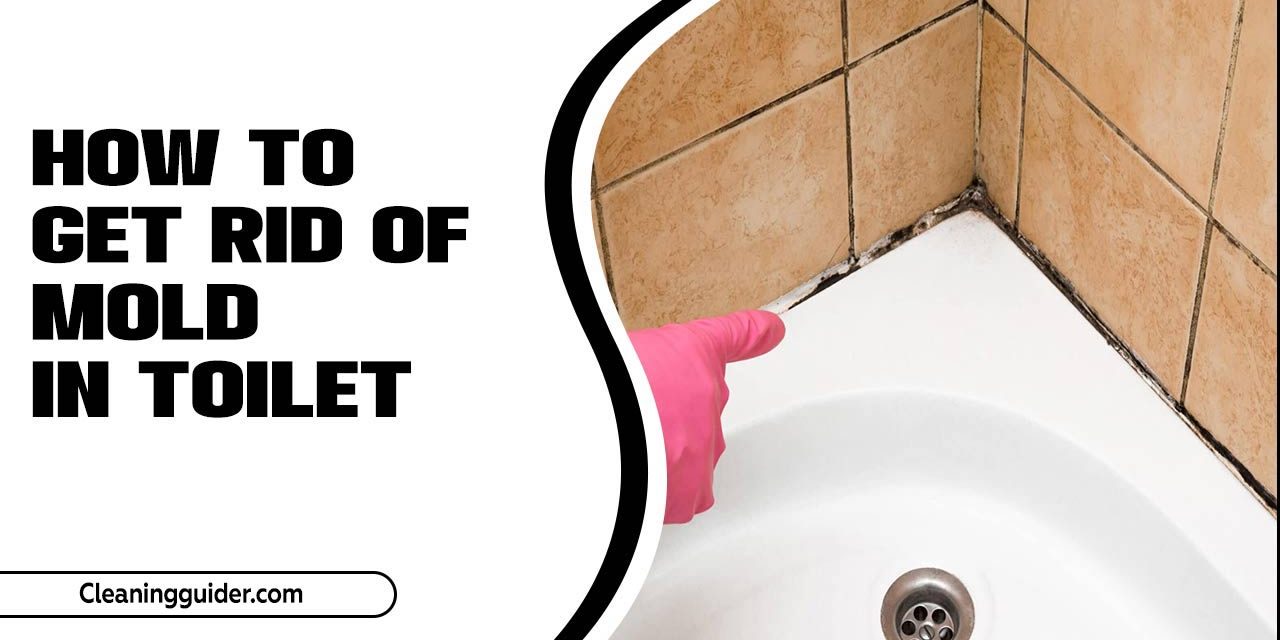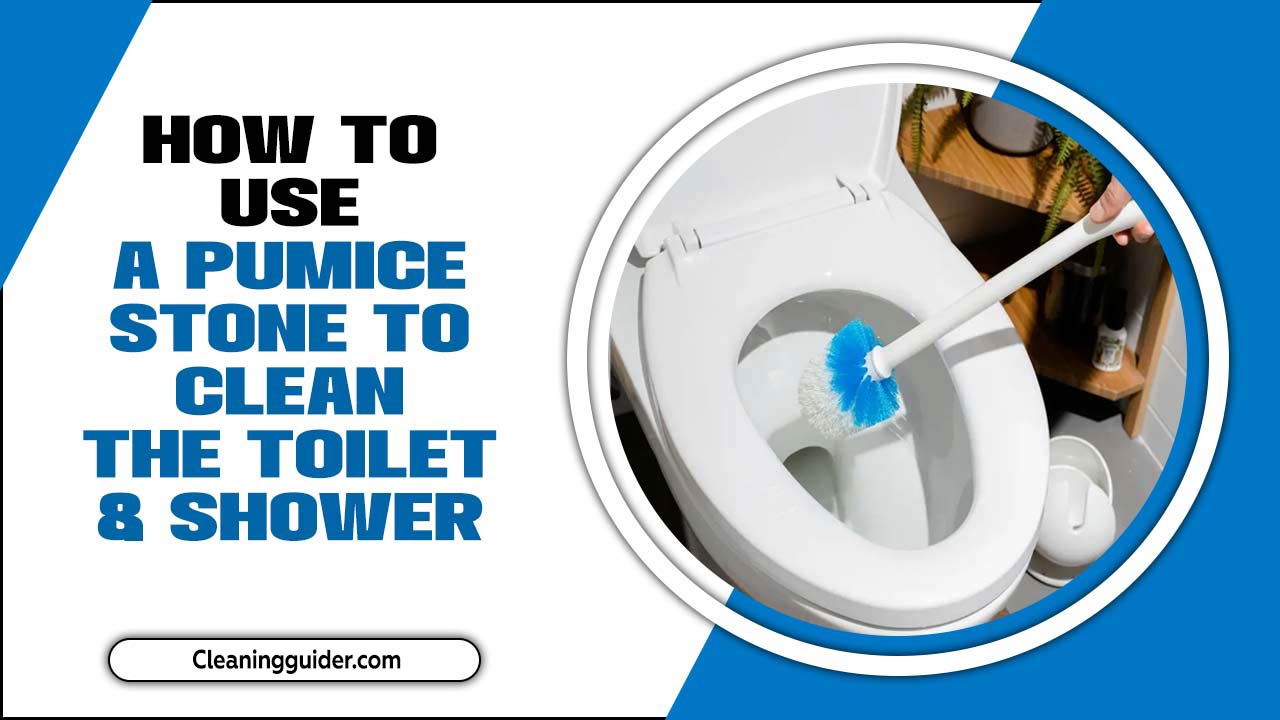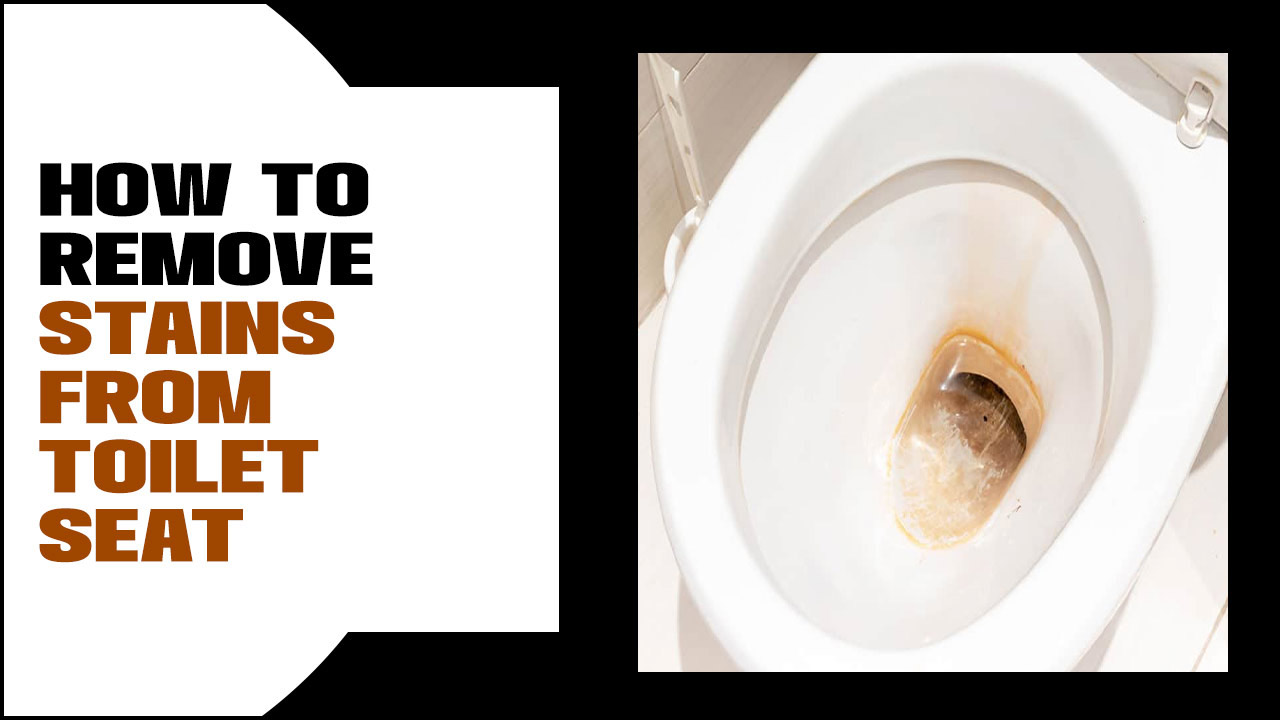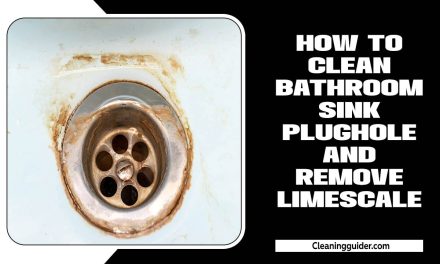Mold growth in the toilet may seem like a common issue, but it should not be taken lightly. Not only does it cause an unpleasant odor, but it also poses potential health risks.
The presence of mold in the toilet is usually a result of excess moisture and poor ventilation, which creates an ideal environment for mold to thrive. Ignoring the problem can lead to further damage and spread to other areas of the bathroom. Therefore, it is crucial to take immediate action and get rid of mold in the toilet.
However, before attempting to remove mold, it is essential to understand the causes and preventive measures to avoid its recurrence. here, we will provide you with a comprehensive guide on how to get Rid of mold in toilet, including effective cleaning methods and tips on how to prevent it from coming back.

Tools And Materials Needed For Mold Removal
it is essential to have a comprehensive understanding of the subject matter. Mold, a type of fungus that thrives in damp and humid environments, poses significant health risks to individuals exposed to it. Therefore, proper mold remediation requires a range of specialized tools and materials. Tools and Materials Needed for Mold Removal in the Toilet:
- Protective Gear: Wear gloves, safety goggles, and a face mask to protect yourself from mold spores.
- Mold Cleaner: Use a commercial mold cleaner or a mixture of bleach and water to remove mold from the toilet effectively.
- Scrub Brush: Use a stiff-bristled brush to scrub away the mold from the surface of the toilet.
- Sponge Or Cloth: Use a sponge or cloth to apply the mold cleaner and wipe away the mold.
- Plastic Bag Or Garbage Bag: Dispose Of Any Mold-Infested Materials, Such As Sponges Or Cloths, In A Plastic Bag Or Garbage bag to prevent the spreading the mold.
- Ventilation: Make sure the bathroom is well-ventilated during the mold removal process. Open a window or use a fan to increase airflow.
- Safety Precautions: Follow the instructions on the mold cleaner packaging and take necessary safety precautions.
How To Get Rid Of Mold In Toilet – 4 Easy Ways
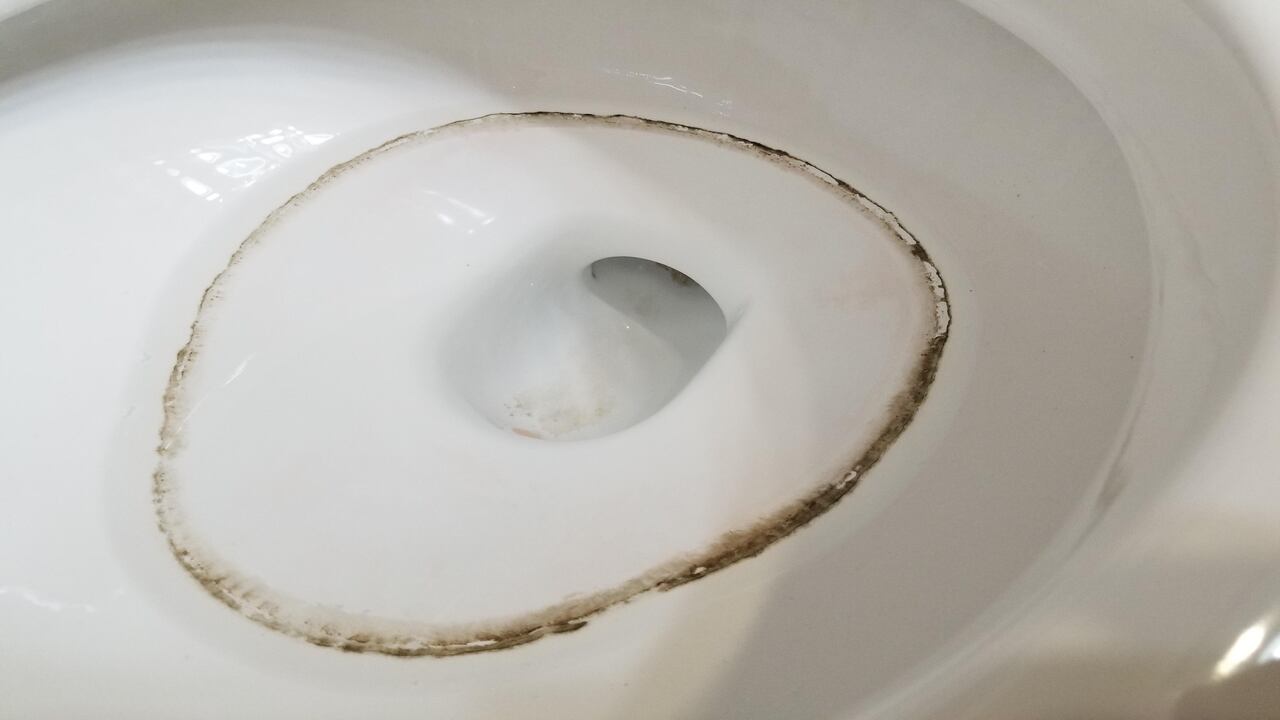
Here is the answer on how to get Rid of mold in toilet? Mold growth in toilets is a common issue that can be both unsightly and potentially detrimental to one’s health. Mold thrives in warm, damp environments, and toilets provide the ideal conditions for its development.
Consequently, it is imperative to address this problem promptly to prevent further spread and potential health risks. This paragraph will outline effective strategies for getting rid of mold in toilets, providing readers with practical solutions that are backed by scientific research.
1.Preparing The Toilet For Cleaning
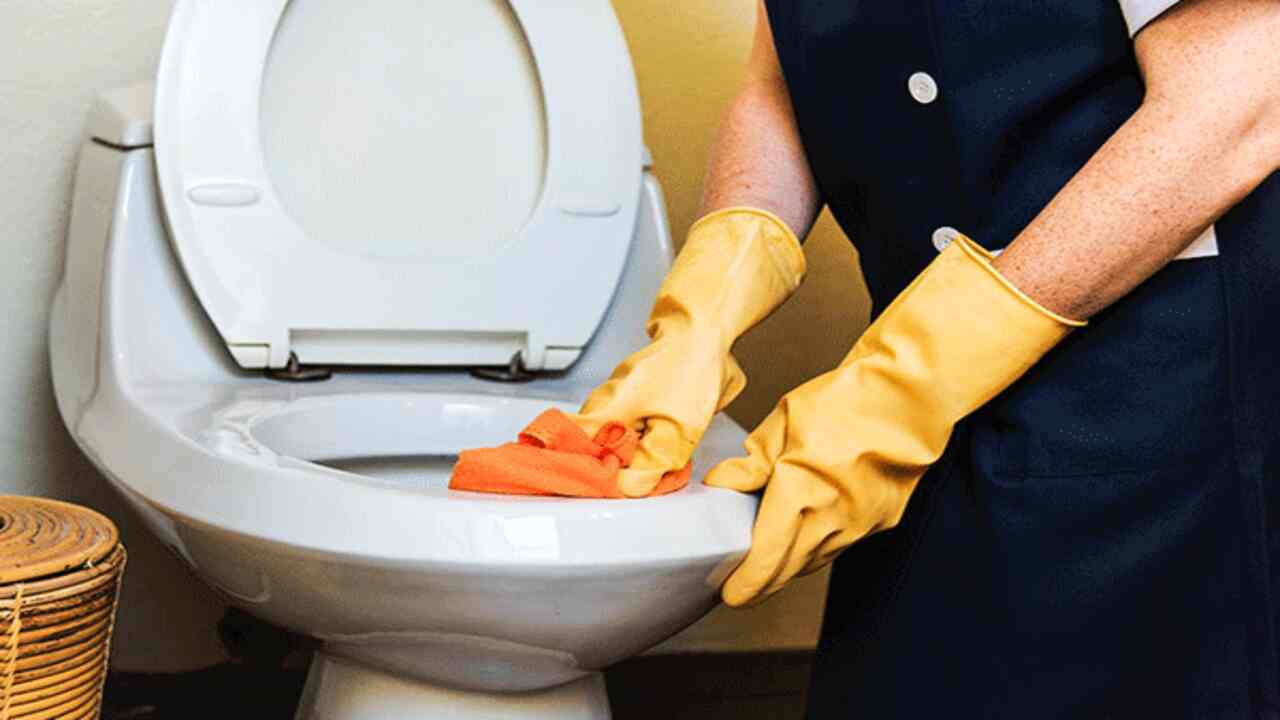
Preparing the toilet for cleaning is an essential step in effectively getting rid of mold. Before beginning the cleaning process, it is important to gather the necessary cleaning supplies. This includes rubber gloves, a toilet brush, a cleaning solution specifically designed for removing mold, and a scrub brush or sponge.
To prepare the toilet for cleaning, start by wearing the rubber gloves to protect your hands from any potentially harmful chemicals. Then, flush the toilet to wet the inside of the bowl. Next, apply the mold cleaning solution to the affected areas. Make sure to cover all visible mold spots, especially around the rim and under the toilet seat.
Allow the cleaning solution to sit for a few minutes to break down the mold effectively. During this time, you can use the toilet brush to agitate the solution and scrub away any stubborn mold stains. Pay close attention to the waterline and any hard-to-reach corners or crevices.
2.Using Effective Mold Removal Products
Using effective mold removal products is essential when dealing with mold in your toilet. Mold not only looks unsightly but can also pose health risks if left untreated. To effectively remove mold from your toilet, it is important to choose the right products. Look for mold removal products specifically designed for bathroom use, as they are formulated to tackle mold and mildew in moist environments.
These products often contain powerful ingredients like bleach or hydrogen peroxide, which can effectively kill mold spores and prevent regrowth. Before applying any product, make sure to read and follow the instructions carefully to ensure safe and effective use. Remember to wear protective gloves and ventilate the area properly.
Additionally, regular cleaning and maintenance can help prevent mold from returning. Keep your toilet clean and dry, and address any plumbing issues promptly to prevent moisture buildup. By using effective mold removal products and practicing good bathroom hygiene, you can successfully get rid of mold in your toilet and maintain a healthy and mold-free environment.
3.Scrubbing And Disinfecting The Affected Areas
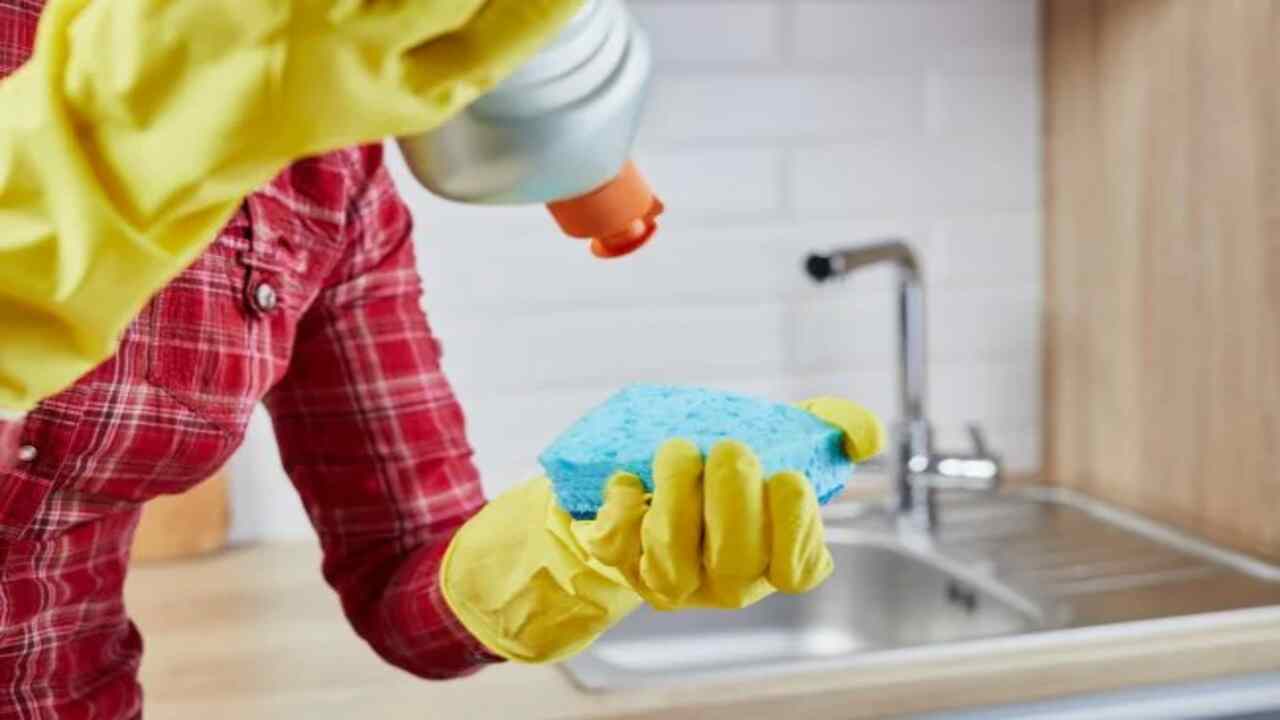
To effectively get rid of mold in the toilet, it is important to perform a thorough scrubbing and disinfecting of the affected areas. Mold can thrive in damp environments, making the toilet bowl and surrounding areas susceptible to its growth.
To begin the process, gather the necessary tools such as rubber gloves, a scrub brush, and a cleaning solution specifically designed for mold removal. Start by flushing the toilet to remove any excess water and create a clean surface to work on.
Next, apply the cleaning solution to the affected areas, focusing on the mold-infested spots. Allow the solution to sit for a few minutes to penetrate the mold and loosen its grip on the surface.
Using the scrub brush, vigorously scrub the mold-infested areas, applying pressure to remove the mold and any stains it may have caused. Be sure to reach into crevices and corners where mold can hide.
4.Rinsing And Drying The Toilet
Rinsing and drying the toilet is an essential step in maintaining a clean and mold-free bathroom. Mold can easily develop in damp and moist environments, making the toilet bowl a potential breeding ground. To effectively get rid of mold in the toilet, it is crucial to rinse the entire bowl with clean water thoroughly.
This helps to remove any visible mold and spores that may be present on the surface. After rinsing, it is important to dry the toilet bowl completely. This can be done by using a dry cloth or towel to wipe down the interior and exterior surfaces of the toilet.
Ensuring that the toilet is dry helps to prevent the growth and spread of mold, keeping your bathroom fresh and hygienic. Regularly rinsing and drying the toilet is a simple yet effective way to maintain a mold-free environment and promote overall cleanliness in your bathroom.
Preventing Mold Growth In The Toilet

Preventing mold growth in the toilet is a crucial aspect of maintaining a clean and healthy environment within our homes. Mold, a type of fungus that thrives in damp and humid conditions, can cause not only unsightly stains and odors but also pose significant health risks to individuals. Therefore, implementing effective preventive measures is paramount to ensuring a mold-free toilet. Preventing Mold Growth in the Toilet:
- Regular Cleaning: Make sure to clean your toilet regularly using a toilet bowl cleaner or a mixture of vinegar and water. Scrub the inside of the bowl, including under the rim, to remove any mold or mildew buildup.
- Keep It Dry: Moisture is a primary factor in mold growth. After using the toilet, make sure to flush properly and wipe down any excess water on the seat, rim, and surrounding areas. Consider keeping a small towel nearby to dry any remaining moisture after cleaning.
- 3. Proper Ventilation: Ensure that your bathroom has proper ventilation to reduce humidity levels. Use exhaust fans or open windows during and after showers or baths to let the moist air escape. This will help prevent condensation and mold growth in the toilet and other bathroom areas.
- Fix Leaks: Check for any leaks in the toilet tank, supply line, or pipes. Even small leaks can create a moist environment that promotes mold growth.
Dealing With Persistent Mold Problems
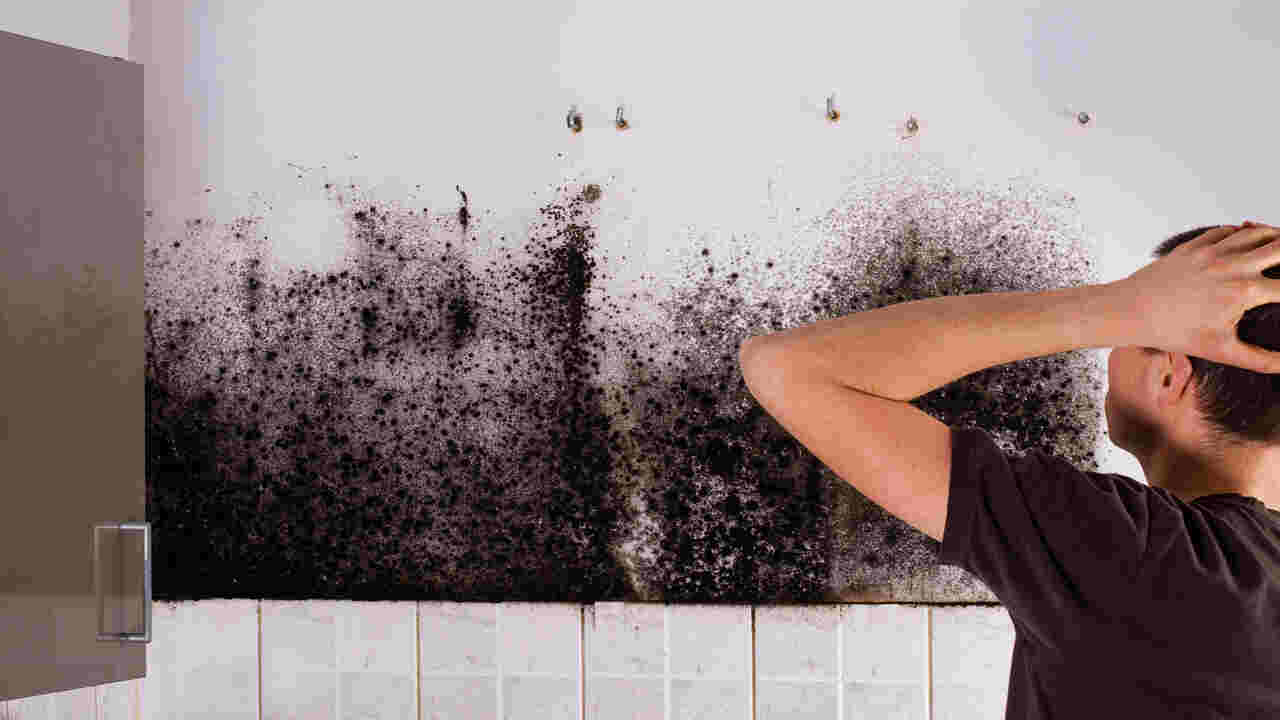
Persistent mold problems can pose significant challenges for homeowners and property managers. Mold growth not only affects the structural integrity of buildings but also poses health risks to occupants. It is imperative to understand the causes and effective strategies for dealing with these recurring issues.
Mold thrives in environments with excess moisture, darkness, and organic materials, making damp and poorly ventilated areas susceptible to colonization. Mold can be a persistent and stubborn problem, especially in areas with high humidity or moisture. Here are some steps you can take to deal with persistent mold problems effectively:
- Identify The Source: Before you can effectively get rid of mold, it’s important to identify the source of the moisture that is causing it. Check for any leaks, condensation, or areas of high humidity in your home. In the case of mold in your toilet, it could be due to a leaking pipe or poor ventilation.
- Fix The Source Of Moisture: Once you have identified the source of moisture, take the necessary steps to fix it. Repair any leaks, improve ventilation in the affected area, or use a dehumidifier to reduce humidity levels.
- Clean The Affected Area: To remove mold from your toilet, start by wearing protective gloves, a mask, and eye protection. Mix a solution of water and mild detergent, and scrub the affected area thoroughly.
Why Is Mold Growing In My Toilet?
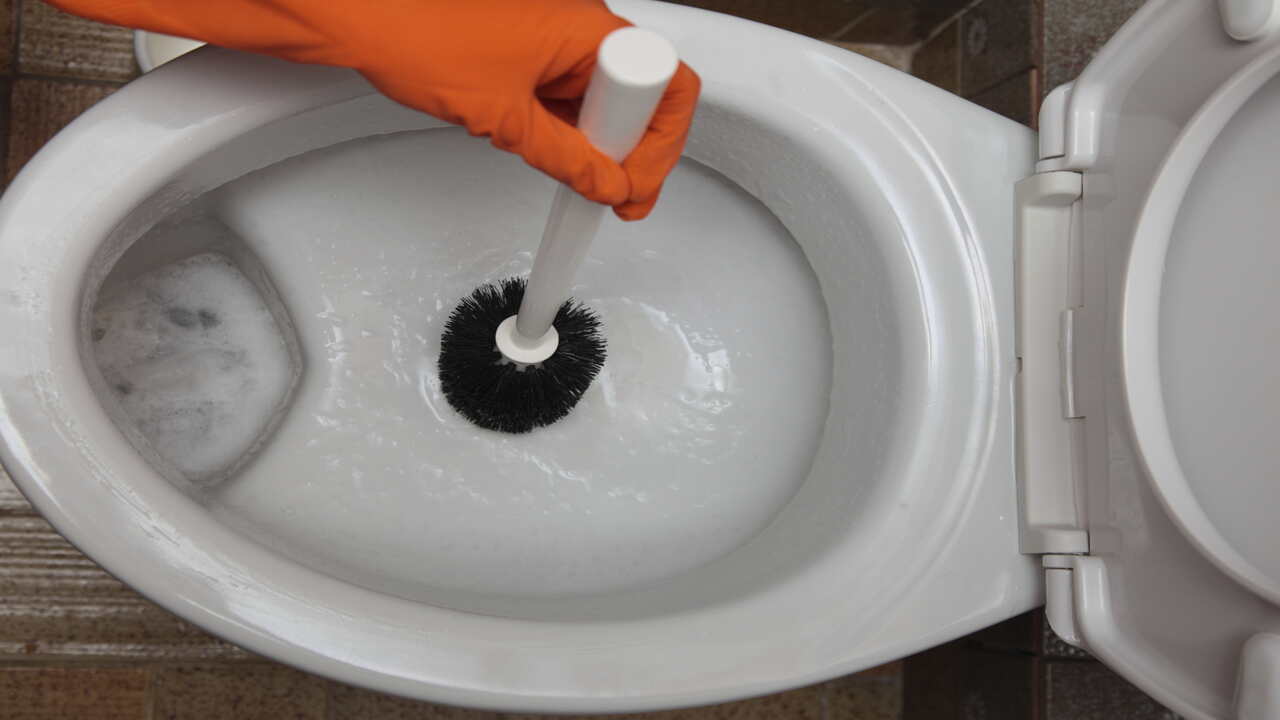
The presence of mold in a toilet can be a cause of concern for many homeowners. Understanding the reasons behind the growth of mold in this particular area is crucial in order to address and prevent further infestations effectively. Mold is a type of fungus that thrives in damp and humid environments, making the bathroom an ideal breeding ground.
The primary reason for mold growth in toilets is the presence of moisture combined with inadequate ventilation. This can occur due to several factors, such as high humidity levels, water leaks, or insufficient airflow. When moisture accumulates in the toilet bowl or tank, it creates a damp environment where mold spores can easily germinate and flourish.
Additionally, stagnant water in the bowl can also contribute to mold growth, as it provides a nutrient-rich environment for the spores. Furthermore, improper cleaning and maintenance practices can also contribute to the development of mold.
Conclusion
Mold in the toilet is a common issue that can be easily remedied with proper cleaning and prevention methods. By regularly cleaning and disinfecting the toilet, removing any excess moisture, and ensuring proper ventilation, individuals can effectively prevent mold growth in their toilet. In cases where mold is already present, using a bleach solution and scrubbing the affected area can effectively remove it.
It is important to address mold in the toilet as soon as possible to prevent potential health risks and maintain a clean and hygienic bathroom environment. With these tips and techniques, individuals can effectively get rid of mold in their toilet and maintain a healthy and safe home. We hope now you understand how to get Rid of mold in toilet.
FAQ
1.What Are Some Effective Methods For Removing Mold From A Toilet?
Ans: To remove mold from a toilet, there are a few effective methods. First, mix equal parts of vinegar and water in a spray bottle and generously spray the affected areas. Let it sit for a few minutes, then scrub with a toilet brush and flush. Another method is to use a bleach solution, but be cautious as bleach can be harsh.
Mix 1/2 cup of bleach with 1 gallon of water, apply it to the moldy areas, let it sit for a few minutes, then scrub and flush. To prevent future mold growth, ensure proper ventilation and keep the toilet area dry.
2.Are There Any Natural Remedies Or Household Products That Can Be Used To Get Rid Of Mold In A Toilet?
Ans: Yes, there are a few natural remedies and household products that can be used to get rid of mold in a toilet. One option is to mix vinegar and water, and then scrub the affected areas with a brush. Another natural remedy is to use baking soda, which can be sprinkled onto the moldy areas and then scrubbed. Additionally, bleach is a common household product that can effectively kill mold in a toilet.
3.How Can I Prevent Mold From Growing In My Toilet In The First Place?
Ans: To prevent mold from growing in your toilet, there are several steps you can take. First, ensure that your bathroom is well-ventilated by opening windows or using an exhaust fan. This helps to reduce moisture levels. Regularly clean and disinfect your toilet to remove any existing mold or mildew. Additionally, consider using a mold-resistant toilet bowl cleaner or adding a mold-inhibiting tablet to the tank.
4.Are There Any Health Risks Associated With Mold In A Toilet?
Ans: Yes, there can be health risks associated with mold in a toilet. Mold releases spores into the air, which can be inhaled and cause respiratory issues such as allergies, asthma, or respiratory infections. In some cases, mold can produce mycotoxins, which can lead to more severe health problems. It is important to address mold in toilets promptly to prevent these health risks.
5.Should I Hire A Professional To Remove Mold From My Toilet?
Ans: Yes, it is advisable to hire a professional to remove mold from your toilet. Mold removal requires specialized knowledge, equipment, and techniques to ensure thorough cleaning and prevent the spread of mold spores. Professionals have the expertise to identify the type of mold, assess the extent of the infestation, and use appropriate methods to remove it safely.

